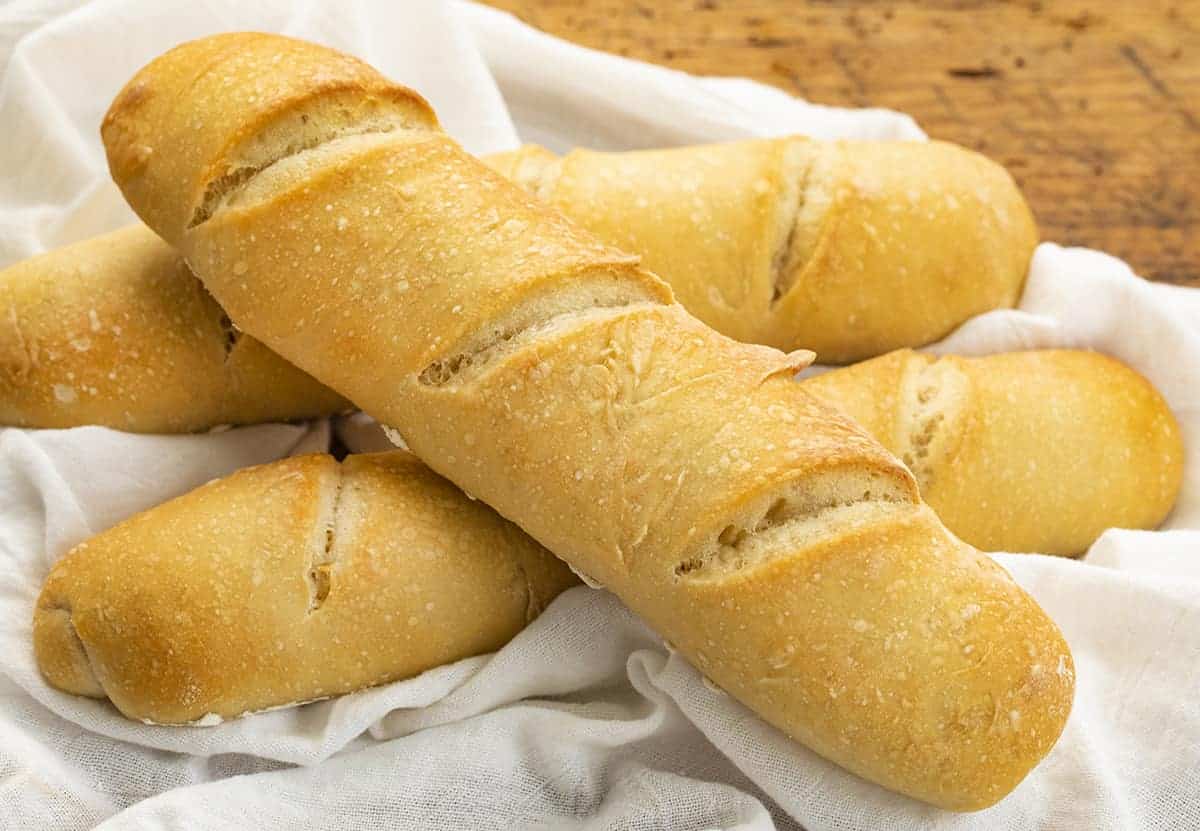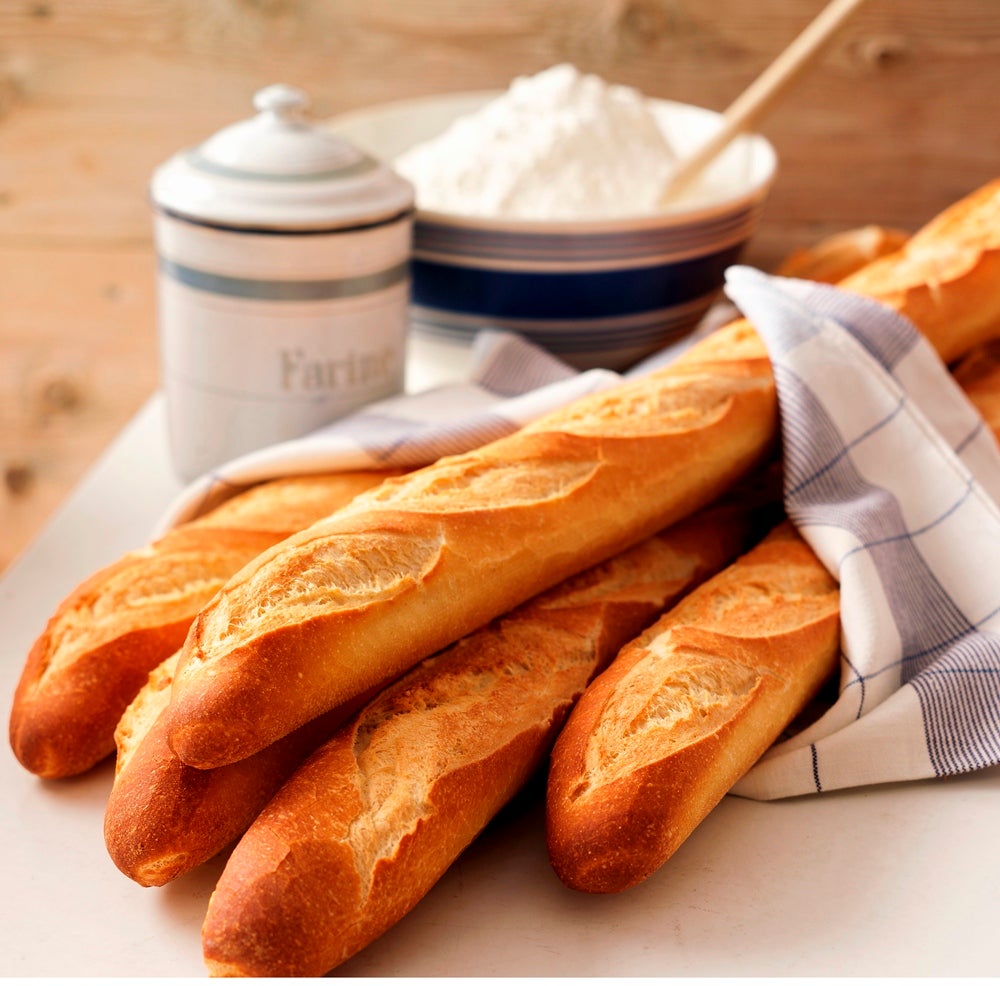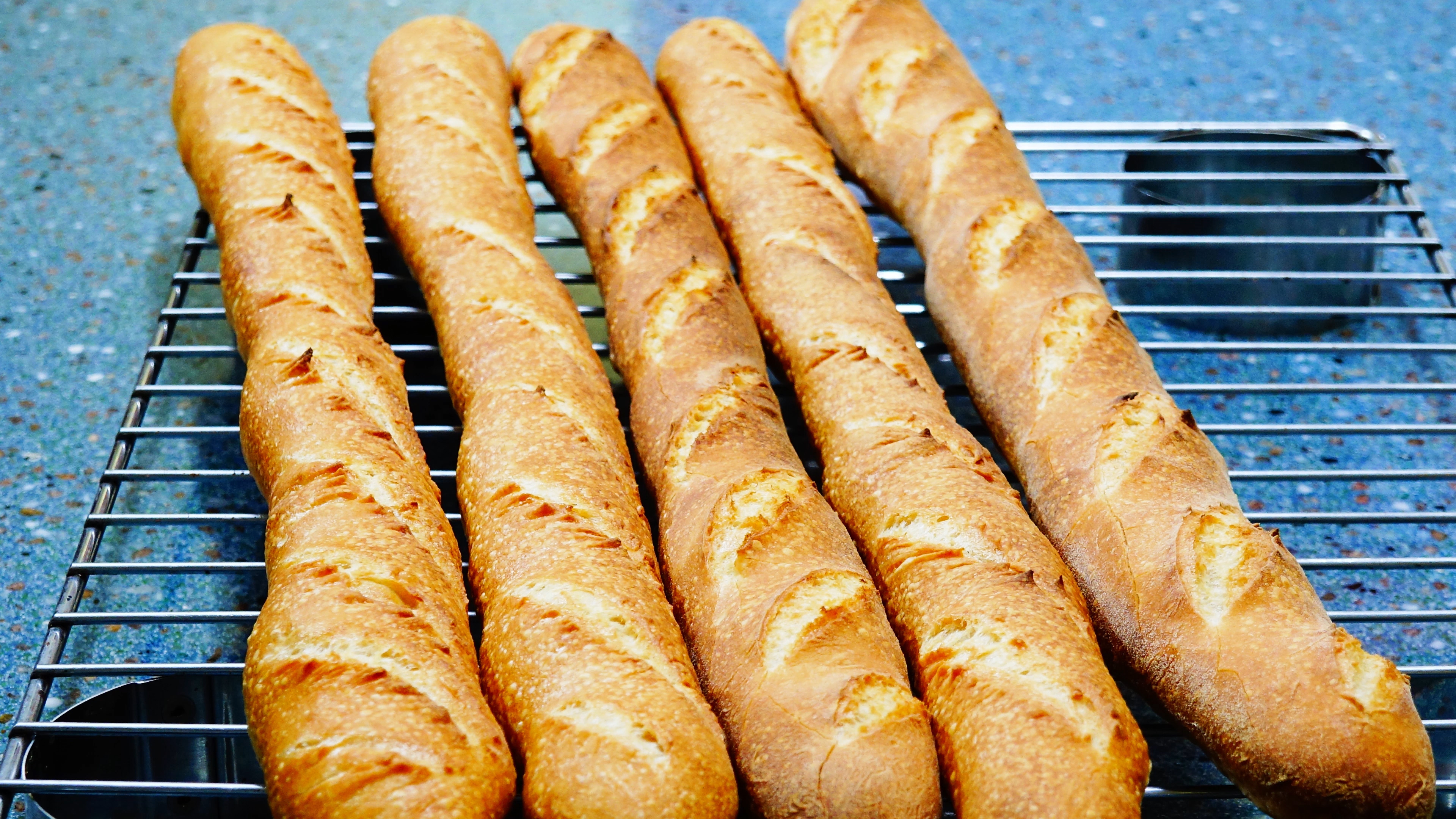On the center of French gastronomy lies the long-lasting french meals baguette, a logo of nationwide delight and culinary excellence. Its humble origins and wealthy cultural importance have woven it into the material of French identification, making it an indispensable a part of the rustic’s delicacies and tradition.
From its distinctive form and crispy crust to its versatility in each conventional and fashionable dishes, the baguette is a culinary masterpiece that has captured the hearts of meals enthusiasts international. Sign up for us as we delve into the interesting global of the french meals baguette, exploring its historic roots, manufacturing procedure, culinary makes use of, and world affect.
Ancient Origins and Cultural Importance of Baguette

The baguette, an extended, skinny loaf of French bread, holds a liked position in French historical past and tradition. Its origins can also be traced again to the nineteenth century, when bakers in Paris sought to create a bread that might be simple to hold and percentage.
The baguette briefly received reputation, turning into a staple of the French nutrition and a logo of nationwide delight.
Social and Cultural Influences
The baguette’s reputation can also be attributed to a number of social and cultural elements. Its portability made it excellent for staff and scholars at the move. Its crusty external and chewy inside equipped a lovely consuming enjoy. Moreover, the baguette changed into related to French identification and custom, symbolizing the country’s culinary heritage.
Depictions in Artwork, Literature, and Movie, French meals baguette
The baguette has been immortalized in quite a lot of sorts of artwork, literature, and movie. It’s been depicted in art work via artists comparable to Claude Monet and Édouard Manet, in novels via authors comparable to Marcel Proust and Victor Hugo, and in motion pictures comparable to “Amélie” and “The French Dispatch.”
Those depictions exhibit the baguette’s cultural importance and its enduring presence in French society.
Traits and Manufacturing Procedure
The baguette is famend for its unique traits that set it excluding different bread sorts. Its elongated form, comparable to an extended and skinny loaf, is a defining characteristic. The crust of a baguette is usually crisp and golden brown, whilst the crumb is comfortable and ethereal with an open texture.
Form and Dimension
The form of a baguette is the most important to its identification. It’s usually cylindrical and lengthy, with a duration starting from 60 to 90 centimeters. The width of a baguette normally measures round 5 to six centimeters, and its top is roughly 3 to 4 centimeters.
Texture
The feel of a baguette is a harmonious mix of a crisp crust and a comfortable crumb. The crust is skinny and shatters simply, offering a lovely crunch with each and every chunk. The crumb, however, is ethereal and open, with a chewy but gentle texture.
Taste
The flavour of a baguette is understated but alluring. It has a light and reasonably tangy style, complemented via the nutty and reasonably candy notes from the toasted crust. The full taste profile is well-balanced and flexible, making it an ideal accompaniment to quite a lot of dishes.
Manufacturing Procedure
The manufacturing strategy of a baguette comes to a number of meticulous steps that require precision and ability. Here’s a simplified step by step information on the right way to make a baguette at house:
- Deciding on the Elements:The important thing components for creating a baguette are flour, water, salt, and yeast. Select fine quality bread flour with a prime protein content material for optimum gluten construction.
- Blending the Dough:Mix the flour, water, salt, and yeast in a big bowl. Combine till a dough bureaucracy, then knead it on a frivolously floured floor for 10-Quarter-hour till it turns into clean and elastic.
- First Upward thrust:Position the dough in a frivolously oiled bowl, duvet it with plastic wrap, and let it upward push in a heat position for 1-2 hours, or till it has doubled in dimension.
- Shaping the Baguette:As soon as the dough has risen, divide it into two equivalent parts. Form each and every portion into an extended and skinny loaf, roughly 60-90 centimeters lengthy.
- 2d Upward thrust:Position the formed baguettes on a baking sheet covered with parchment paper. Quilt them with a humid fabric and allow them to upward push for any other 30-45 mins, or till they’ve virtually doubled in dimension.
- Scoring:Sooner than baking, ranking the baguettes lengthwise the usage of a pointy knife or razor blade. This may permit the bread to make bigger correctly throughout baking.
- Baking:Preheat the oven to 250°C (480°F). Bake the baguettes for 20-25 mins, or till they’re golden brown and sound hole when tapped.
- Cooling:Take away the baguettes from the oven and allow them to cool on a twine rack earlier than cutting and serving.
Culinary Makes use of and Accompaniments: French Meals Baguette
Baguettes are flexible culinary partners, transcending the position of mere bread. Their crispy crust and ethereal inside lend themselves to a myriad of culinary creations.
As the basis of vintage sandwiches, baguettes cradle a symphony of flavors. From the long-lasting jambon-beurre to the decadent croque-monsieur, they lift humble fillings to gastronomic heights.
Salads and Soups
Baguettes are the easiest accompaniment to salads, including a lovely crunch to leafy vegetables and colourful greens. Their impartial taste permits them to harmonize with a spread of dressings and toppings.
In soups, baguettes become from a facet dish to an integral factor. Crusty croutons glide atop steaming bowls, soaking up the wealthy broth and including a textural distinction.
Accompaniments
The baguette’s culinary versatility extends to its accompaniments. Conventional pairings come with artisanal cheeses, comparable to brie or camembert, and charcuterie, like cured meats and pâtés.
Cutting edge spreads and dips additionally supplement baguettes. From vintage butter to flavored hummus or tapenades, those accompaniments upload a burst of taste to each and every chunk.
Regional Diversifications and Global Affect

The baguette has turn out to be a world image of French delicacies, however it reveals regional diversifications inside France itself. Within the north, the baguette has a tendency to be longer and thinner, with a crispier crust. Within the south, it’s shorter and wider, with a softer crust.
The baguette de custom française, a conventional French baguette, has a particular set of components and manufacturing strategies which can be secure via regulation.Past France, the baguette has received immense reputation international. It’s been tailored into quite a lot of cuisines, incessantly serving as a base for sandwiches, stuffed with savory or candy components.
In the US, the baguette is repeatedly used within the preparation of Vietnamese bánh mì sandwiches. In Southeast Asia, this can be a fashionable accompaniment to curries and different dishes.
Baguette as a Image of French Gastronomy

The baguette has turn out to be an iconic image of French gastronomy, representing the rustic’s wealthy culinary heritage and cultural identification. Its unique form and crusty external have made it a cherished staple in French delicacies and a globally known image of France.
Cultural Importance
The baguette is deeply embedded in French tradition and day by day existence. This can be a not unusual sight in bakeries, markets, and eating places right through the rustic, serving as a flexible accompaniment to quite a lot of foods and snacks. The baguette’s crusty external and chewy inside make it a super bread for dipping in sauces, soups, and stews, or just savoring by itself.
French Identification
The baguette has turn out to be synonymous with French identification and nationwide delight. Its form and texture are incessantly depicted in artwork, literature, and pop culture, representing the rustic’s culinary traditions and its dedication to artisanal craftsmanship. The baguette has additionally been used as a diplomatic software, with French embassies and cultural facilities all over the world providing it as a logo of French hospitality and delicacies.
Selling French Delicacies
The baguette has performed an important position in selling French delicacies and tourism. This can be a fashionable memento for guests to France, who incessantly search out unique baguettes from native bakeries. The baguette’s presence in world eating places and culinary occasions has additionally helped to unfold the recognition of French delicacies and draw in meals fanatics from all over the world.
FAQ Useful resource
What’s the foundation of the baguette?
The precise origins of the baguette are unsure, however it’s believed to have emerged within the nineteenth century as a handy and reasonably priced bread for the running elegance.
What are the important thing traits of a baguette?
A conventional baguette is usually lengthy and skinny, with a crispy crust and a chewy inside. It has a particular form and taste that units it excluding different kinds of bread.
How is a baguette made?
Baguettes are created from a easy dough of flour, water, yeast, and salt. The dough is kneaded and formed, then left to upward push earlier than being baked in a scorching oven.
What are some fashionable culinary makes use of of the baguette?
Baguettes are extremely flexible and can be utilized in a variety of dishes. They’re repeatedly used for sandwiches, salads, and soups, and may also be served as an accompaniment to cheese, charcuterie, or spreads.
